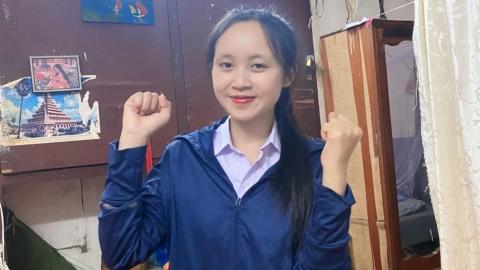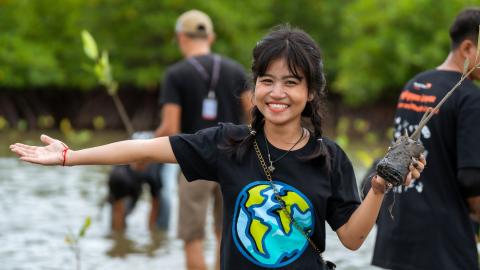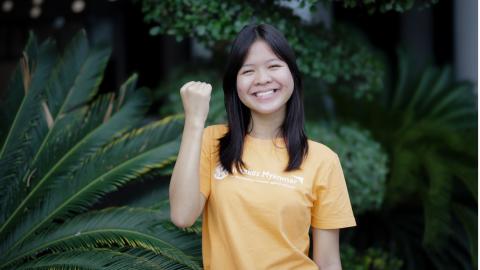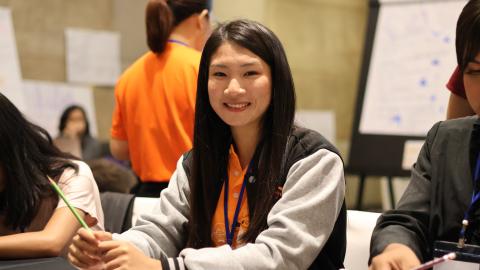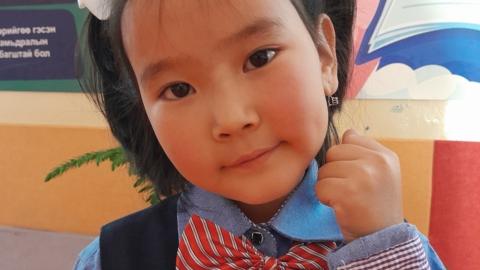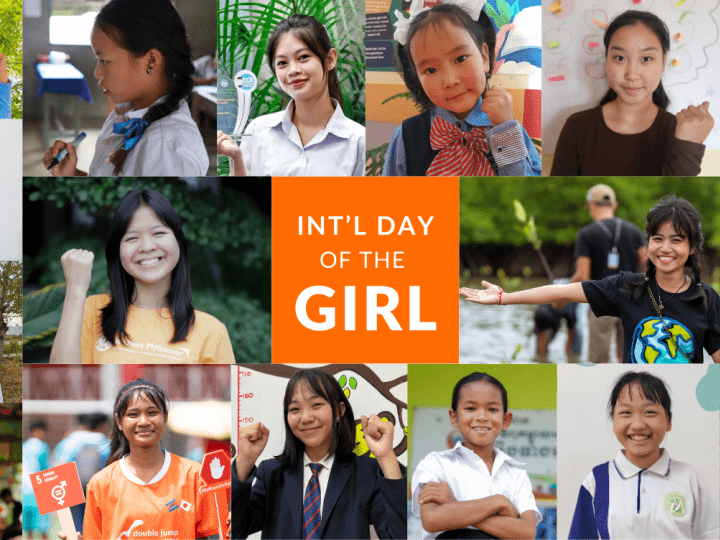
Empowering girls to face a future filled with possibilities
Today’s generation of girls is disproportionately affected by global crises of climate, conflict, poverty and pushback on hard-won gains for human rights and gender equality. Too many girls are still denied their rights, restricting their choices and limiting their futures. Yet, girls are not only courageous in the face of crises, but hopeful for the future. Every day, they are taking action to realise a vision of a world in which all girls are protected, respected and empowered. But girls cannot realise this vision alone. They need allies who listen to and respond to their needs.
It is time to listen to girls, to invest in proven solutions that will accelerate progress towards a future in which every girl can fulfil her potential.
Girls' Visions for the Future
The Challenges Girls Are Facing
- The proportion of the population living below the international poverty line varies significantly across the region. Laos has the highest proportion at 17%. Although Cambodia shows low poverty rates, the high rate of severe food insecurity (15%) suggests many households remain vulnerable. Women and girls disproportionately bear the brunt of poverty and food insecurity. In households below the poverty line, they face greater disadvantages in accessing resources such as food, nutrition, education, employment, land, and credit.
- Girls and women are more likely than boys and men to lack opportunities for employment, education, or training during adolescence and early adulthood. This gender gap is likely due to traditional gender roles that assign unpaid domestic and care work to women, while men engage in paid work.
- There is substantial gender inequality in the safety of environments where children grow up. Girls have limited mobility and are more likely than boys to be confined to the home, engaging in domestic labour such as collecting water. The gender disparity in water fetching is most severe in Lao PDR, where women and girls are four to five times more likely to collect water than men and boys. This reflects entrenched gender roles that allocate unpaid domestic and childcare work to women and girls.
(UNICEF. Gender Counts: East and Southeast Asia. 2019.)
